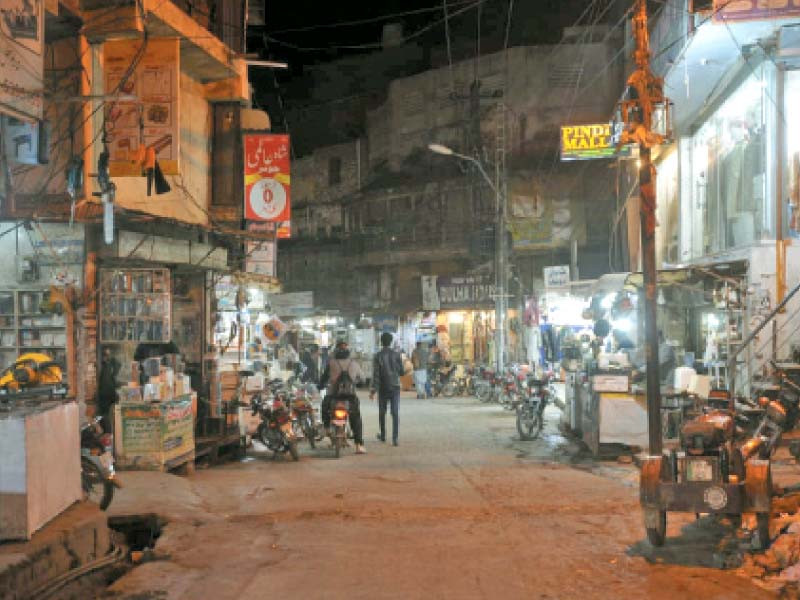
The Kalan Bazaar in Rawalpindi, turning 200 years old in just a few years, was once a major marketplace for weapons, swords, spears, armour, axes, guns, kirpan, turbans, Hindu turbans, all kinds of hats, pipes, huqqa, groceries, medicines, cattle food and more.
Today, with modern weaponry having undergone drastic transformation, the bazaar is now mainly focused on fancy garments, jewellery, electronics, flowers and shrouds.
The one thing that remains intact from olden times is the bazaar’s reputation for being the biggest commercial centre of traditional hats, ranging from the wedding headgear worn by bridegrooms to turbans still favoured by those following time-honoured customs.
One of the oldest and most historic markets in Rawalpindi, Kalan ‘Chappar’ Bazaar in the bygone era was a vast marketplace of tented shops situated in the vicinity of dense forests on either side, with ditches running alongside. In summers, shopkeepers chose to move their wares under the shade of trees in these forests, while winters saw them shifting the merchandise in the sun – weather permitting.
Over 95% of the shops were then owned by Hindus and Sikhs, with Muslim owners making up a tiny percentage.
‘Kalan’ is Persian for ‘big’, which was deemed an appropriate name for the said bazaar of its size at the height of its fame. The name holds fast to this day, with only ‘Chappar’ being dropped as the bazaar is no longer a sea of tents.
When Rawalpindi was given the status of cantonment during the British Raj, the then Company Commander allowed the owners to convert their makeshift stalls into concrete shops here in 1863.
By 1865, the marketplace had become a full-fledged concrete Kalan Bazaar. On Sundays, military personnel and officers used to come here with their families to browse and shop.
To this day, Sikh pilgrims who visit the Gurdwara Panja Sahib in Hassan Abdal consider it a fond duty to take their children for a tour of Kalan Bazaar for sentimental reasons.
The market was also a wholesale trade centre for the citizens of Azad Jammu and Kashmir, Attock, Jhelum, Chakwal and Khyber-Pakhtunkhwa.
There was no electricity in the bazaar in its early days. After sunset, trade was carried out in the light of kerosene lamps, which were later replaced by lanterns. Renowned Hindu-Sikh merchants who owned shops in Kalan Bazaar included Hakim Moti Ram, Krishna Chand and Sardar Gulab Singh, while Khawaja Wali Muhammad, Ali Muhammad and Aftab Sethi were among the prominent Muslim shopkeepers.
The marketplace was famed for not only its display and sale of the latest swords, spears, daggers, axes and armour at the time, but was also well known for the forges near its shops where these weapons were made.
However, the modernisation of weapons meant that their place of manufacturing as well as trading eventually took on a more complex dimension, which resulted in a gradual dwindling and finally complete disappearance of weapons from Kalan Bazaar.
Now, the market is a shopping hub for jewellery, hosiery, cosmetics, ladies garments, electronics and traditional hats.
Unfortunately, the transformation came with a huge dip in the bazaar’s popularity and status among its patrons. Moti Bazaar, Bara Bazaar, Sarafa Bazaar, Bohar Bazaar—all built after Kalan Bazaar—have taken over its prominence.
When Pakistan was formed in 1947, Muslims took over the shops and the merchandise in the thriving bazaar, with many of them turning from paupers to millionaires almost overnight.
The historic significance of Kalan Bazaar was such that President Richard Nixon, who came to Pakistan during General Ayub Khan’s presidency, paid it a special visit.
Moreover, the bazaar has also received visits from high-profile dignitaries and personalities such as Quaid-e-Azam Muhammad Ali Jinnah, Fatima Jinnah, Zulfiqar Ali Bhutto, Wali Khan, Mumtaz Daultana, Sardar Shaukat Hayat, Allama Attaullah Shah Bukhari, Mufti Mahmood, Shah Ahmad Noorani, Shorish Kashmiri, Maulana Ghulamullah and Ehteshamul Haq Thanvi.
The Kalan Bazaar was also the mainstay of all Khatame Nabuwat Conferences and was a centre of political activity from 1920 to 1950 as well. The first Anjuman-e-Tajiran was formed in Kalan Bazar in 1960, with Khuda Bukhsh as its first president.
The original number of tented shops in the market stood at 70-75, increasing to 100 in the early 1900s and eventually exceeding 170 after partition.
Khwaja Mushtaq, son of Khwaja Wali Muhammad, a Muslim shopkeeper who had been in business here since 1920, still runs a shop here and is now elderly himself.
Published in The Express Tribune, March 24th, 2022.

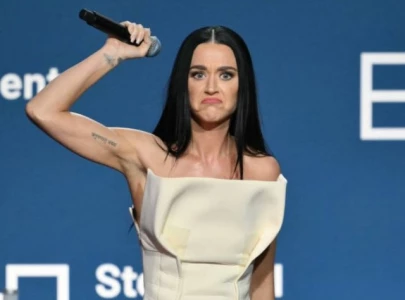



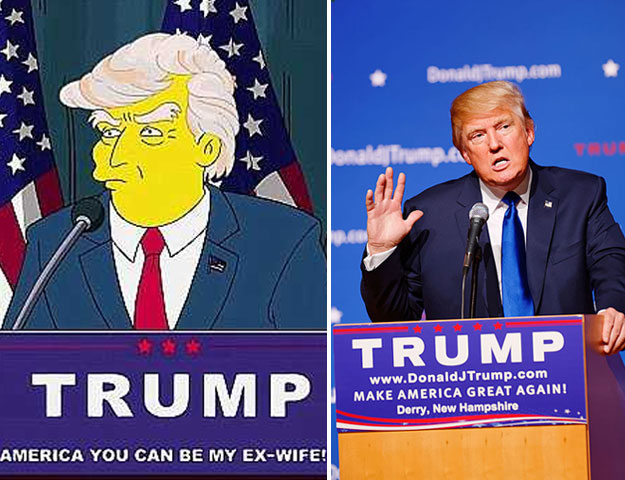

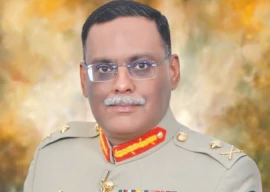




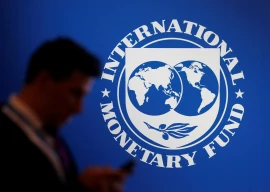

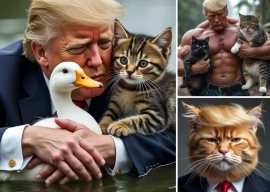


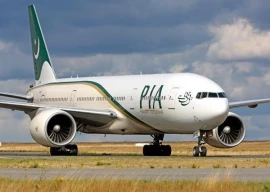
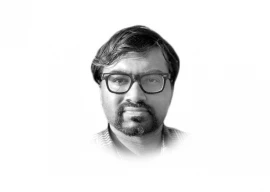

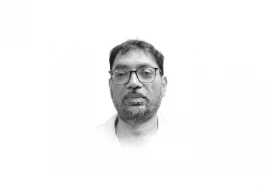



COMMENTS
Comments are moderated and generally will be posted if they are on-topic and not abusive.
For more information, please see our Comments FAQ